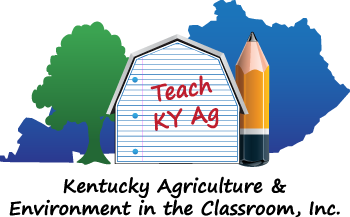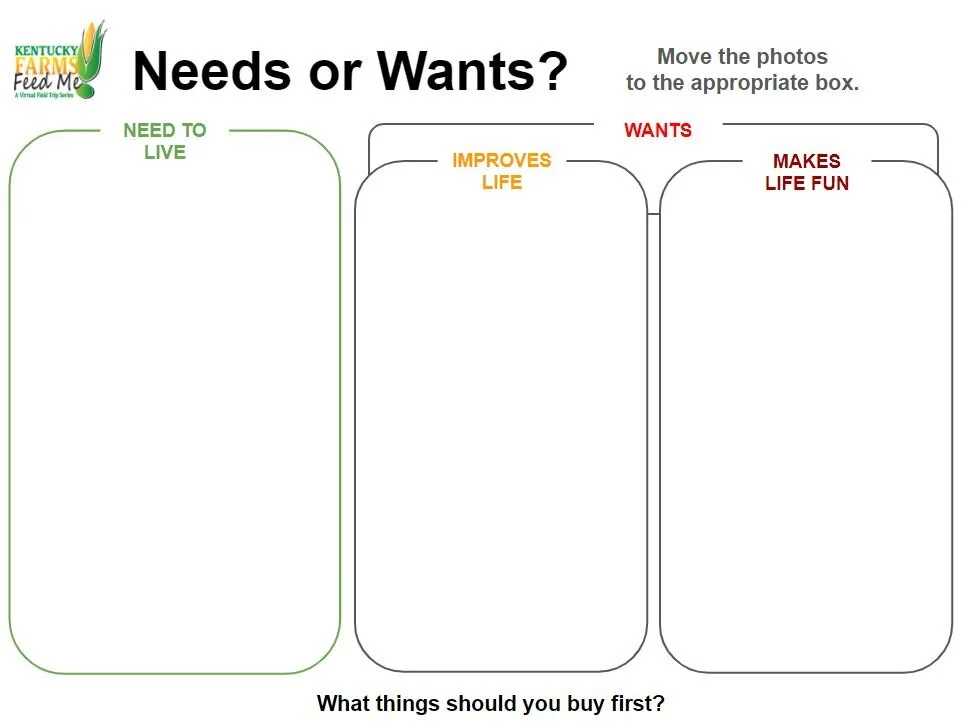Heather Anderson is an associate international editor at the Thoroughbred Daily News, writing for a daily web journal that provides information on anything and everything that goes on in the international Thoroughbred world. She is also in charge of maintaining the TDN's horse data and troubleshooting any web site issues.
Read MoreThe most famous horse race in the world, the Kentucky Derby, brought Erin O’Keefe, Customer Relations Manager for Millenium Farms, to Kentucky.
Read MoreStudents will be introduced to the basic needs and functions of living things, introduced to stimulus and response, develop an understanding of the basic needs of shelter and space as they relate to horses, build structures using common materials and explore ways to solve problems when building structures, explore how large objects or structures can be made from smaller parts.
Read MoreStudents will be able to identify and list adaptations of various animals, understand the difference between behavioral and physical adaptations, construct an argument based on lab simulation that camouflage increases the likelihood of an organism’s survival, develop an understanding of how horses have adapted coat color overtime to meet their needs, escape predators, and continue those successful traits in their offspring.
Read MoreStudents will understand the need to supplement natural food sources when the environment may not fully meet the needs of an organism, be introduced to carrying capacity, develop an understanding of the basic needs of horses, develop an understanding of the basic nutritional elements needed by most organisms and how these nutrients can benefit the organism and their offspring.
Read MoreStudents will understand the difference between monocular and binocular vision as it relates to depth perception, experience how parallax contributes to depth perception, construct an argument based on experimentation that binocular vision allows for greater depth perception, and be able to identify that vision is based on information received through photoreceptors and translated in the brain.
Read MoreStudents will develop an understanding of why certain geographical areas in Kentucky provide better habitats for breeding and raising horses, how weather events contribute changes on the earth’s surface, how weathering and erosion can leak calcium carbonate into the ground water for animal consumption, and they will construct an argument based on experimentation that limestone in Kentucky’s soil is released into the water through the process of weathering and erosion.
Read MoreEthanol is a common alcohol made by fermenting the sugar and starch components of renewable plant materials by using yeast. Humans discovered ethanol not long after they figured out how to put fire to good use.
Read MoreFind lessons, fact sheets, and resources for grades K-12 on biofuels, renewable fuels, ethanol, and biodiesel.
Read MoreBiodiesel is a renewable, clean-burning diesel replacement made from a diverse mix of feedstocks including recycled cooking oil, plant oils (primarily soybean oil), and animal fats.
Read MoreEven wonder what crops and animals are grown where you live? What about the number of farms in your county? National Ag Day is Tuesday, March 23, and we would love to help you learn the importance of farming in your community. Find your county to learn more.
Read MoreFind several resources and activities that will help intermediate and secondary students understand the wide range of options for jobs in agriculture and food manufacturing. We have included several profiles of real professionals working in Kentucky.
Read MoreMiddle School Financial Literacy - Influences and Consumer Decisions
Read MoreStudents will learn the difference between needs and wants to prioritize financial purchases. Meets standards in Primary Financial Literacy studies and Kindergarten Social Studies.
Read MoreGrades: 4-5 Social Studies, MS/HS Enrichment - Students will learn how topographic, geologic, and natural resource availability affect agriculture production in the Commonwealth.
Read MoreSecondary: This lesson uses a real-world scenario of designing a garden with the hopes of selling the produce it generates. Version here is developed for secondary students and could be paired with lessons on economics, plant science, meal planning, and business planning/financial literacy.
Read MoreThis lesson allows students to design and plant a garden while using several math skills to determine angles and ratios. There is a modified version of the lesson if you do not wish to actually plant and harvest the produce.
Read MoreStudents will learn about the cycle of water—the important processes of accumulation, evaporation, condensation, and precipitation, and what causes water to move throughout the earth and its atmosphere.
Read MoreStudents will learn how soil is the foundation of food and other materials that help people live. They will also learn the components of soil, uses and properties, and describe the role soil plays in a healthy ecosystem.
Read MoreSustainability is a hot topic these days, especially when it relates to agriculture. We hope the following resources will help students understand all aspects of sustainability, and the measures the Kentucky agriculture community is taking to ensure our natural resources are cared for today and tomorrow.
Read More




















